SOUTHWEST ASIA (AFNEWS) -- Less than 80 days after Airman 1st Class Leebernard Chavis was felled by a sniper's bullet near Baghdad, Airmen in Iraq were testing an improved turret that designers hope will offer service members better protection.
Airman Chavis, of Hampton, Va., was killed by enemy gunfire Oct. 14 while performing duties as a turret gunner with his security forces team, out on joint patrol with Iraqi police in the vicinity of Baghdad. Airman Chavis, a member of the 732nd Expeditionary Security Forces Squadron, was part of the U.S. military police training effort supporting Iraqi police.
"We have an emerging threat that has developed: the sniper," explained Col. Gerard Jolivette, U.S. Central Command Air Forces' director of force protection. "We've lost an Airman due to sniper fire... and this is a mental and physical threat that we must mitigate immediately."
And Airmen from Detachment 7 of the 732nd ESFS and the 447th Expeditionary Logisitcs Readiness Squadron's vehicle maintenance shop did just that, putting forth the first efforts at designing and building a new, more protective turret last fall.
The original, custom-made turret was dubbed the "Chavis Turret" to honor Airman Chavis and was made from scrounged materials using pieces cannibalized from junked vehicles and old parts.
Building on these efforts, Colonel Jolivette took it to the next level, calling for a solution from the Air Force Security Forces Force Protection Battlelab, charged with identifying, evaluating and recommending innovative concepts for protecting personnel, facilities and weapon systems. The battlelab rapidly measures these concepts' potential value through modeling, simulation, assessment and operational employment.
Just two weeks after Airman Chavis' death, Don Lowe, technical director with the Force Protection Battlelab since its inception in 1997, sat down with members of the USCENTAF force protection staff and sketched a concept to provide service members better protection from sniper fire.
"We looked at concepts available out in industry, but nothing quite fit the bill," said Mr. Lowe, a former security forces career Airman. He stressed that the design had to provide increased visibility and protection for turret gunners, while still allowing them the ability to sustain engagement.
"It's vital that the turret gunner on patrol be the eyes and ears of the crew onboard," he said.
John Schneider, lead engineer with NAVSEA Crane Division, which specializes in rapid prototyping, took it from there. The fact that Mr. Schneider, a Defense Department civilian engineer, was a former Marine rifleman catapulted the project forward in record time, according to Mr. Lowe. Mr. Schneider teamed up with fellow engineers Ron Glasscock and Mark Collins, a former Soldier himself, to make it a reality.
"This is the product of passion for Airmen," said Mr. Schneider. "This is the Air Force putting its best foot forward to help Airmen."
In 41 days, Mr. Schneider's team had all the parts assembled into a protective, igloo-shaped structure that is designed to wrap around and over the turret gunner. The assembly included 10-by-10-inch panels of ballistic glass, already widely used by the U.S. military, and 3/8-inch rolled ballistic steel, the same kind used to armor Humvee door panels. The structure is built to accommodate a heavy weapon and still rotate smoothly and safely.
Rather than conduct field evaluations stateside, as might ordinarily happen, the USCENTAF force protection staff insisted that the prototype be brought to the Middle East to be tested and evaluated by battlefield Airmen who operate daily on the streets of Baghdad to help train Iraqi forces.
In less than 80 days, the prototype arrived at a base near Baghdad.
While the prototype didn't leave the base, Airmen who do leave the relative safety of the base daily to help train the Iraqi police force in and around Baghdad put the turret through its paces.
The men and women of the 732nd ESFS' Detachment 7 are battlefield Airmen who perform the same duties Airman Chavis did.
Once the new turret was assembled and mounted on top of a Humvee at Sather Air Base, Iraq, defenders from Detachment 7, assigned to Camp Victory, had the opportunity to assess the vehicle's maneuverability -- acceleration, deceleration, turning characteristics -- given the modified vehicle's slightly raised center of gravity.
"We asked them, 'Can you operate and do what you need to do''" said Mr. Lowe. "We were looking at form, fit and function and took their recommendations and feedback."
"When Airmen get into this new turret system, they say 'I feel safe,'" said Mr. Schneider. "Feeling safe on the battlefield is a rarity."
With a few additional modifications underway, the prototype has the green light from U.S. Central Command Air Forces' leaders. Soon, 60 operational turrets will be deployed. Mr. Lowe anticipates Airmen in the fight will receive the first five by late March.
"This project will help save lives," Colonel Jolivette said. "It is one of several USCENTAF initiatives being developed to improve the protection and defense posture of our personnel and the command's warfighting assets."
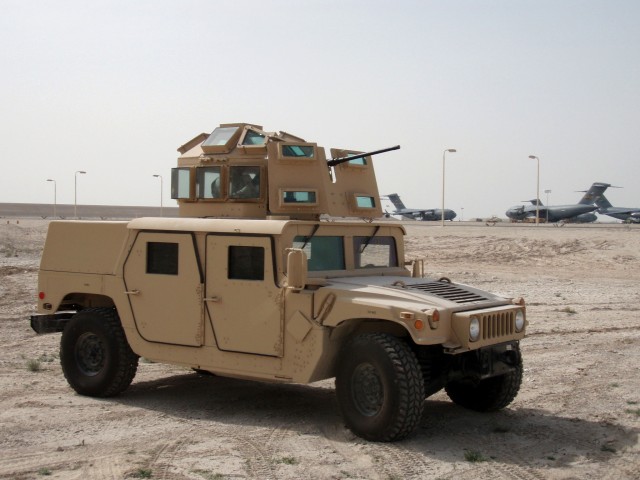
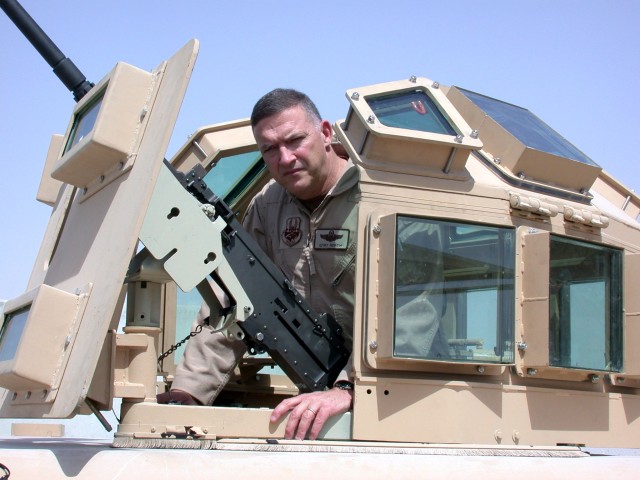
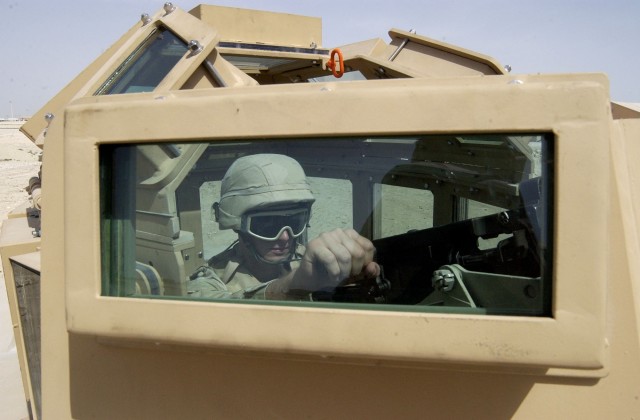
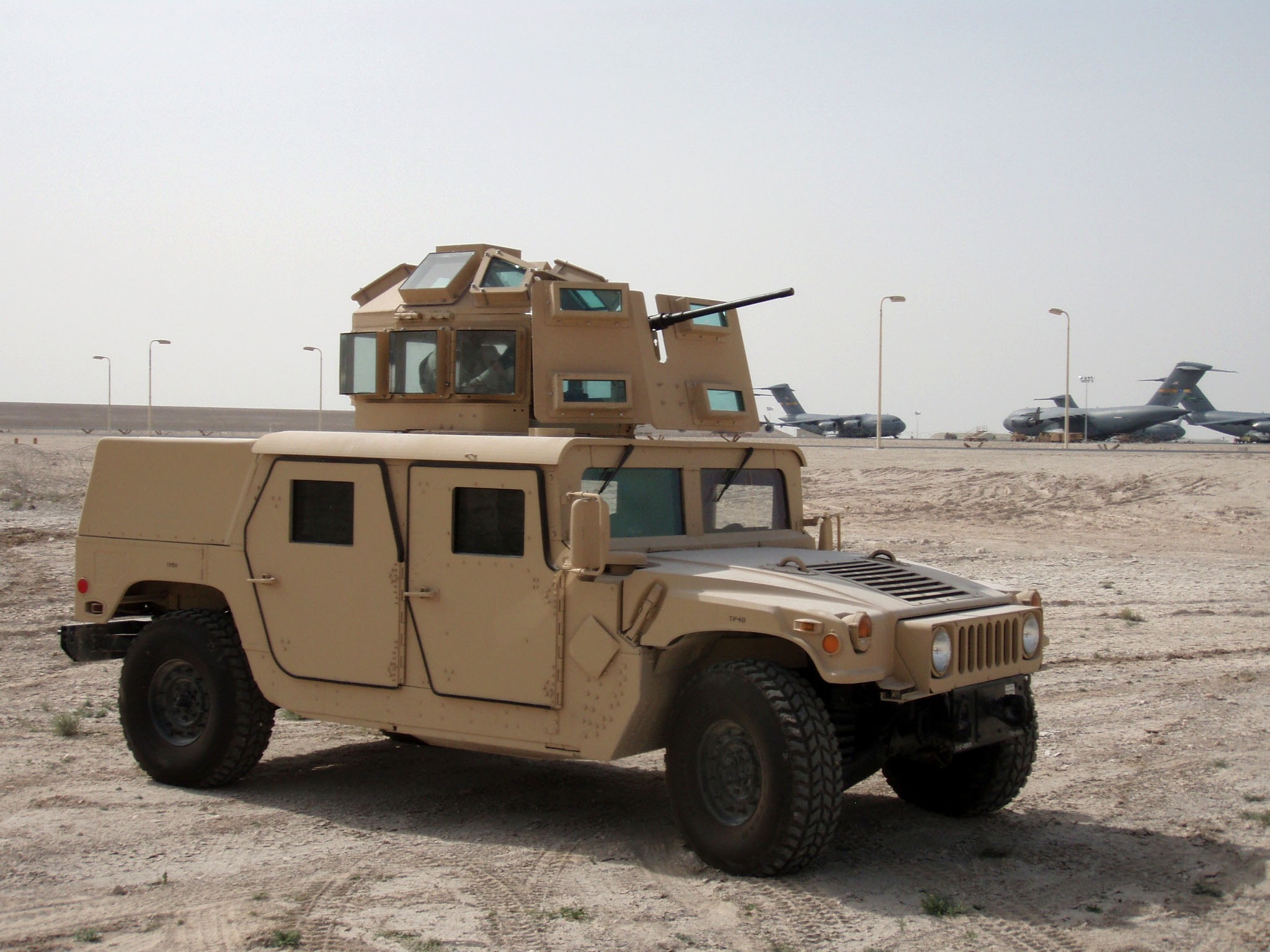
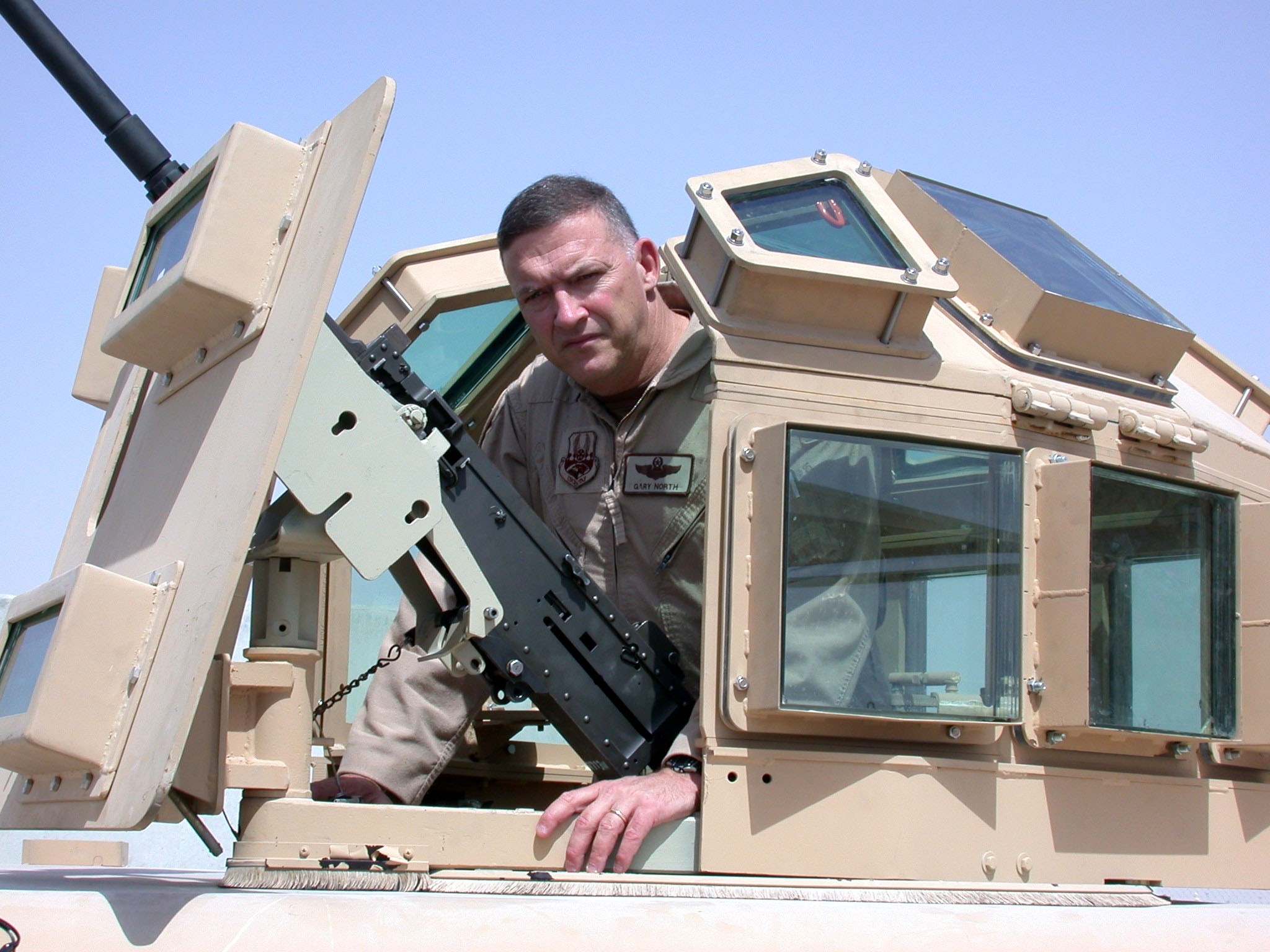
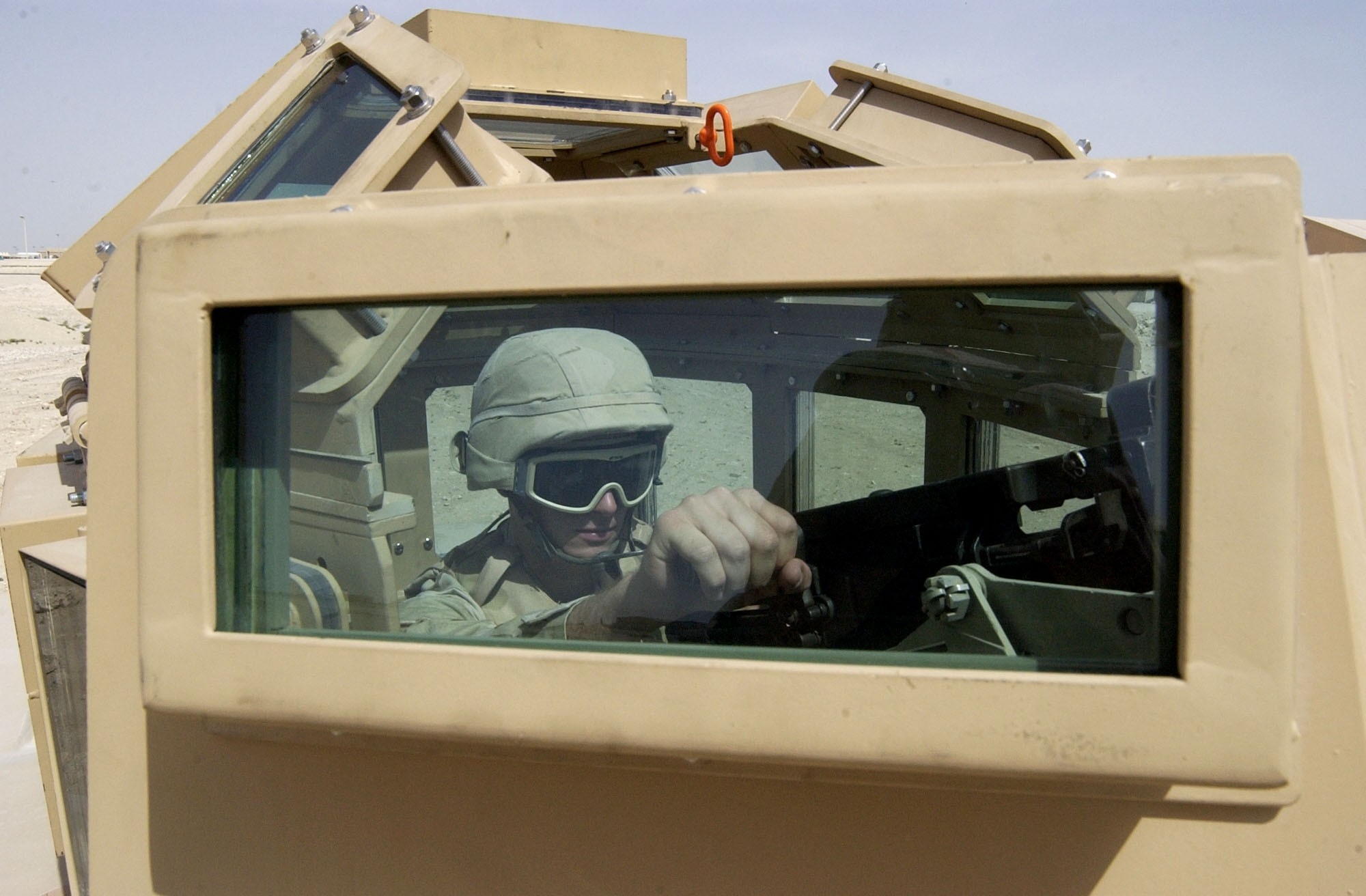
Social Sharing